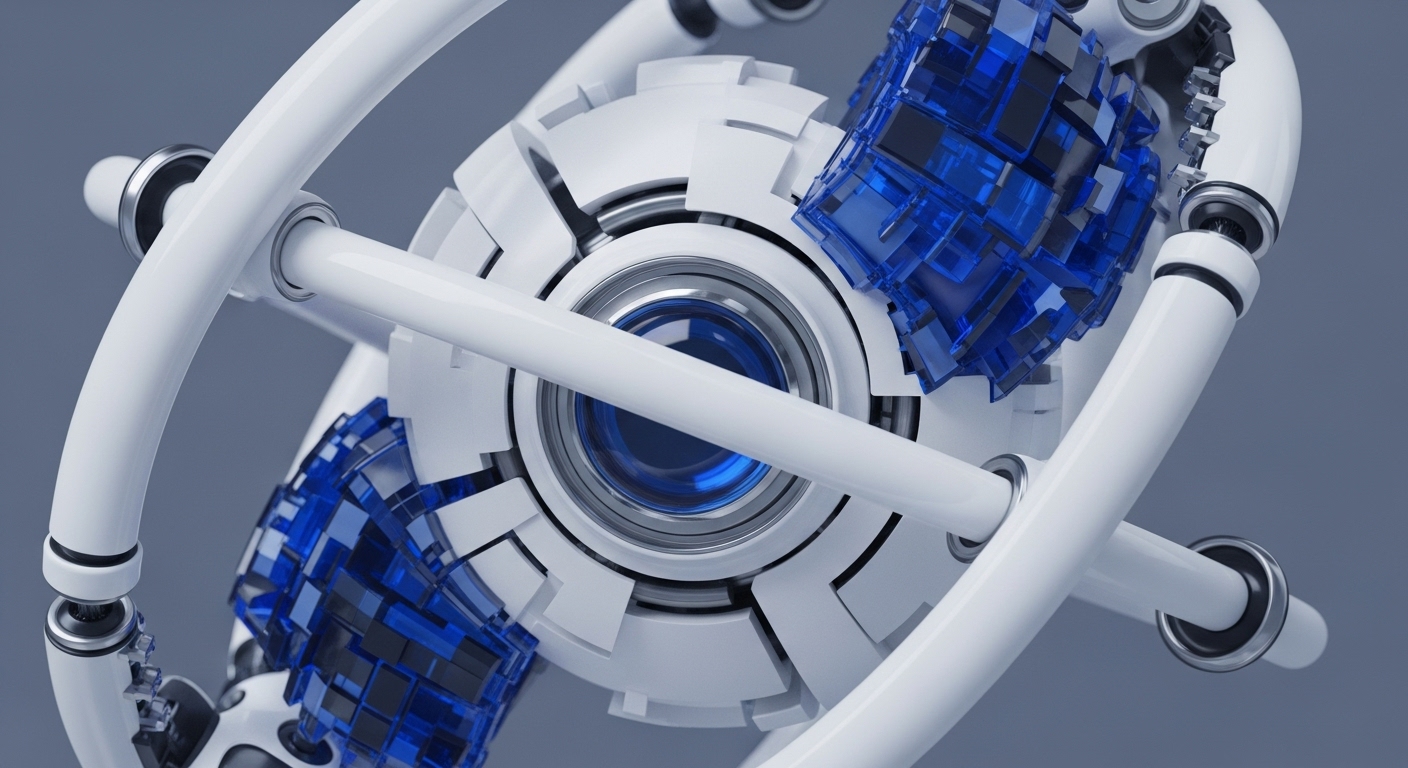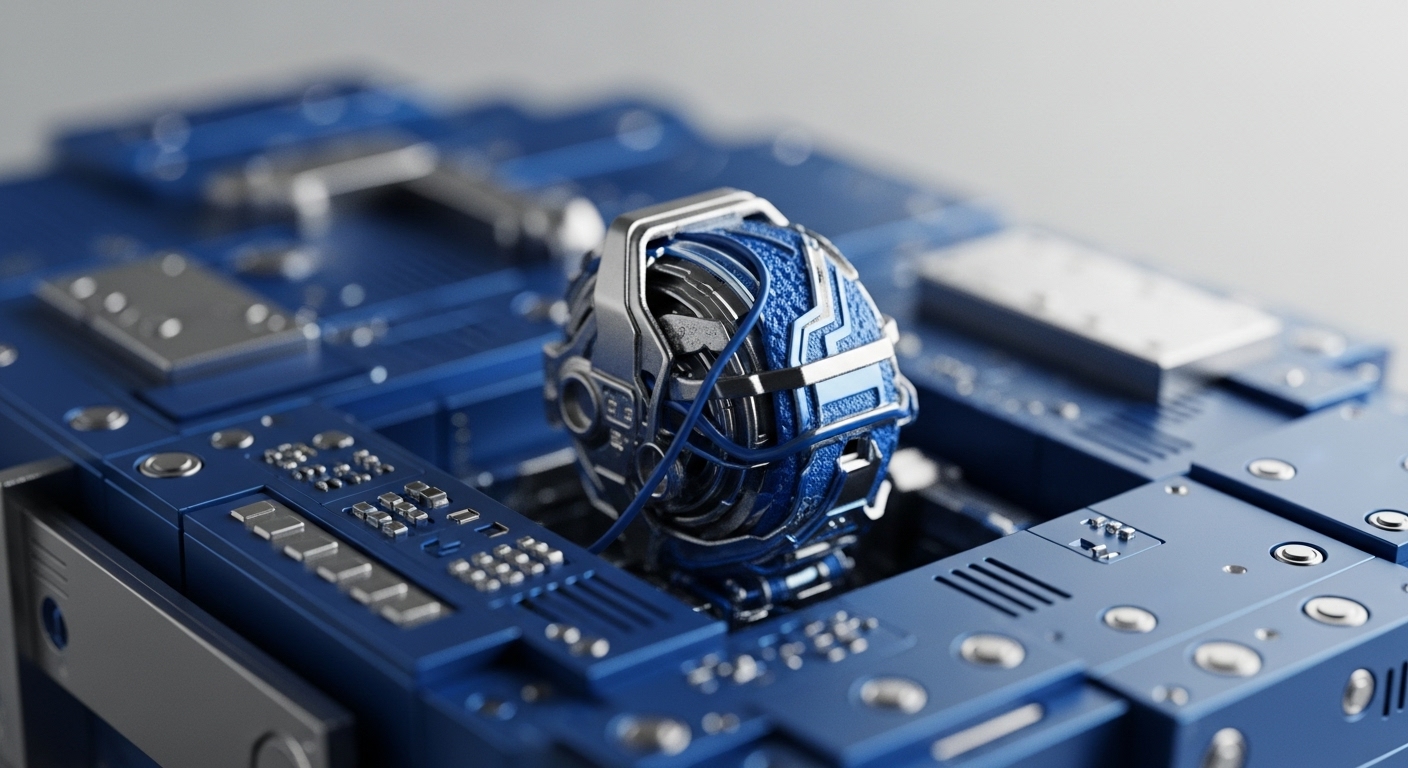
Briefing
The persistent challenge of balancing scalability, latency, and energy efficiency in traditional Proof-of-Work and Proof-of-Stake consensus is fundamentally addressed by the new Proof-of-Spiking-Neurons (PoSN) protocol. PoSN is a neuromorphic consensus mechanism that models transaction processing on a blockchain as a spiking neural network, encoding transactions as spike trains and achieving leader election through competitive firing dynamics among nodes. Block finalization is secured via neural synchronization , resulting in a parallel, event-driven consensus process that significantly minimizes energy overhead compared to classical methods. This new theory establishes a foundation for building sustainable and adaptive blockchain architectures optimized for resource-constrained environments like large-scale Internet of Things and edge computing applications.

Context
Before this research, foundational consensus protocols were constrained by the inherent trade-offs of the scalability trilemma, where achieving high throughput often necessitated compromises in either security or decentralization. Classical protocols like Proof-of-Work consume excessive energy for security, while Proof-of-Stake risks centralization due to the inherent favorability toward large stakers. The prevailing theoretical limitation was the inability to design a system that could achieve both massive parallelism and minimal resource consumption while maintaining Byzantine fault tolerance.

Analysis
The core mechanism of PoSN fundamentally re-architects the consensus process by drawing inspiration from biological neural systems. The system translates transaction data into spike trains , which are then processed by nodes operating on neuromorphic platforms. Unlike sequential, vote-based, or compute-intensive block proposal methods, PoSN elects a leader through a process of competitive firing dynamics.
Nodes race to process the spike trains; the first node to achieve a state of neural synchronization → a high-energy firing state analogous to consensus → is elected to propose the next block. This event-driven, parallel computation fundamentally differs from previous approaches by replacing cryptographic or economic competition with an energy-efficient, bio-inspired processing race.

Parameters
- Energy Overhead Reduction → Minimal energy overhead, achieved by replacing cryptographic or economic competition with bio-inspired, parallel computation.
- Core Primitive → Spiking Neural Networks, which model transaction data as spike trains for event-driven processing.
- Synchronization Mechanism → Competitive Firing Dynamics, the process by which nodes race to achieve neural synchronization for leader election.

Outlook
The immediate next step for this research is the transition from simulation frameworks to a live testbed on dedicated neuromorphic hardware to validate the theoretical gains in a real-world environment. In the next 3-5 years, this protocol could unlock a new category of sustainable, adaptive blockchains specifically designed for the massive, low-power demands of IoT and edge computing networks, where minimal energy consumption is paramount. This work opens a new avenue of research at the intersection of distributed systems, cryptography, and bio-inspired computing, shifting the focus from purely economic or computational security models to biologically-informed efficiency.

Verdict
This neuromorphic consensus model represents a fundamental shift in blockchain architecture, proving that bio-inspired computation can deliver unparalleled energy efficiency and parallelism for future decentralized systems.
